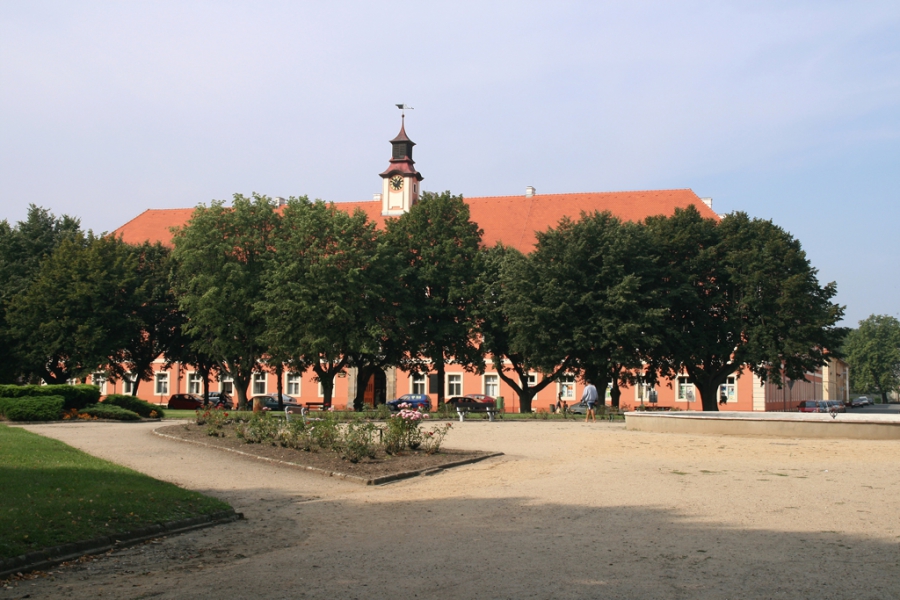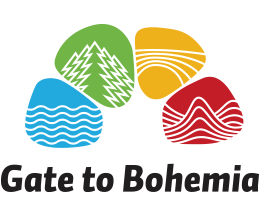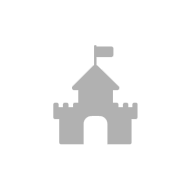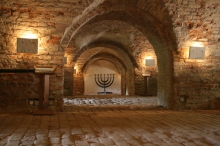This educational trip will surely please any military history fan, but it is also an ideal trip for school children. School children may fill any gaps in their knowledge using an interesting and "adventurous learning method". Knowledge learned in this way will surely stay in their memory for much longer. Moreover, after a day spent in Terezin we will certainly further appreciate the importance of the military and better understand the terrible consequences of war.
The town fortress Terezín was founded south of Litoměřice near the confluence of the Elbe and Ohře rivers at the foothills of the Czech Central Mountains in 1780 by the Emperor Joseph II. The town was founded on military grounds only, as the wars between Austria and Prussia justified the need to build a protective wall along the road between Dresden and Prague. The construction lasted 11 years and the town was then named in honour of the Emperor's mother, Mary Theresa. The entire city has a unified construction layout plan, which is perfectly geometrically regular. The inner town area with a checkerboard-like ground layout consists of a number of empiric and classical buildings used as residential, military and servicing objects, with a central square and the classical Church of the Resurrection from the early 19th century. The entire complex contains three sections. The main fortress on the left bank of the Nová Ohře River with a garrison town, then the so-called Small Fortress on the right bank of the Old Ohře River and finally, the upper and lower water gates. The military fortress with its extensive bastions and underground casemates is almost intact. In depths of 3-5 metres below the surface we will find an extensive network of underground passageways, with a total length reaching above 28 km. The intact structure of this unique monument recognised as a world rarity, caused that in 1992 the entire complex and the city was declared as an urban conservation and protection area.
After we pass the city walls, we will head for the centre, where we shall park our car in the city square. Inside the City hall at the information centre we receive promotional materials with a detailed map of the city and find out where we can get a tasty lunch or where to go for good ice cream, dessert or coffee. Right next to the City hall at the town square corner we will first visit the Ghetto Museum, which was founded inside a former German school. The museum was created in cooperation with former prisoners, and the exhibition is devoted to the history of the Terezin ghetto and to the so-called "Final Solution of the Jewish Issue". At the entrance to the museum we may purchase a discounted family ticket, allowing us to enter all of the buildings inside the Memorial.
After visiting the museum we head across the square of the Czech military, around the dominating church and then farther down along Tyršova Street. We pass by the Officer's house and the Riding yard until we reach an extensive and reconstructed building of the (Magdeburg) cavalry barracks. Here we will find a monument with exhibitions dedicated to music, art, literature and the theatrical art of the Terezín ghetto prisoners. From the cavalry barracks we will go to the Upper water gate, cross the bridge over Kyneta and find ourselves on the banks of the Ohře River. We now continue on the left side and following the stream of the river until we reach a bridge and then continue towards the Small Fortress. After passing the bridge, we cannot miss the National Cemetery and Princip's Alley. This monumental National Cemetery was built for victims of World War II. If you want to count, you would have counted 2386 gravestones. But still under 5 pylons you would find the additional remains of thousands of other victims. The Small Fortress was founded in the late 18th century as part of the Terezin fortification complex and practically from the start it was used as a prison. Permanent exhibitions held here are dedicated to the Small Fortress as the dreaded prison of the Prague Gestapo, and to the concentration camp that existed here between 1940 and 1945, then to art works and simple artistic expressions of the Terezín prisoners, to the history of Terezin between 1780-1939, to the Litoměřice concentration camp that existed between 1944 and 1945 and to the period when the Small Fortress was used as an internment camp for the Germans (1945-1948). During our tour, we will visit administrative buildings equipped with contemporary furnishings, a huge number of cells and solitary confinements, connecting corridors which demonstrate the original fortification walls, the SS barracks where we find a museum and a gallery, but also a swimming pool and cinema, where we may watch documentary films about Terezín and also an exhibition hall.
If we do not get lost during our exploration of the Small Fortress and if we have some time left we can go back to the town and begin exploring the sophisticated defence system around the Main Fortress. For enthusiasts and fans, the exploration may take several days, and therefore the essential tool they should have is a flash light with spare batteries. It should be sufficient however, to go behind the former Bohušovická gate and visit the ghetto morgue and a columbarium, where you may access the fortress buildings for free or the surroundings of Ravelin No. 18. The surroundings of Ravelin No. 18 are the best maintained and the most comprehensive section of the fortress, where you may see almost all of the construction elements used in the construction of Terezín. During the tour however, we need to experiment a little, because in addition to some information tables, there are no tourist/hiking signs. We must also observe basic safety rules. Children should be especially very careful and watch where they go in order to avoid falling into deep shafts or wells. Finally, a great attraction for visitors is the newly modified 1 kilometre long tour through the underground tunnels with an exhibition of the military mine system.
Trail length: at least 3 km (the length of the trip may increase significantly depending on the scope and length of free tours along the external fortification walls of the Small and Main Fortress)









































